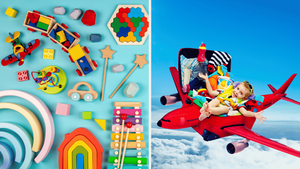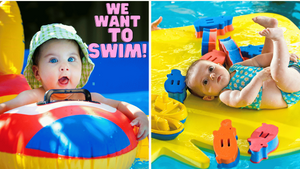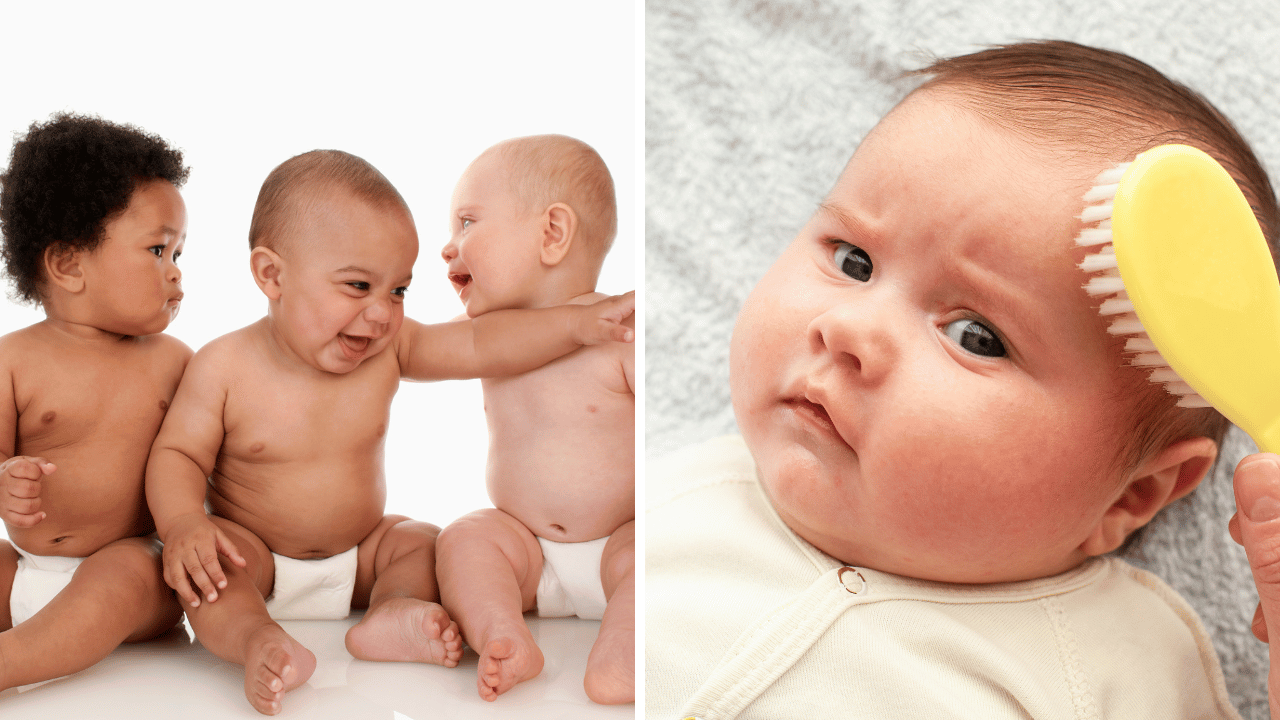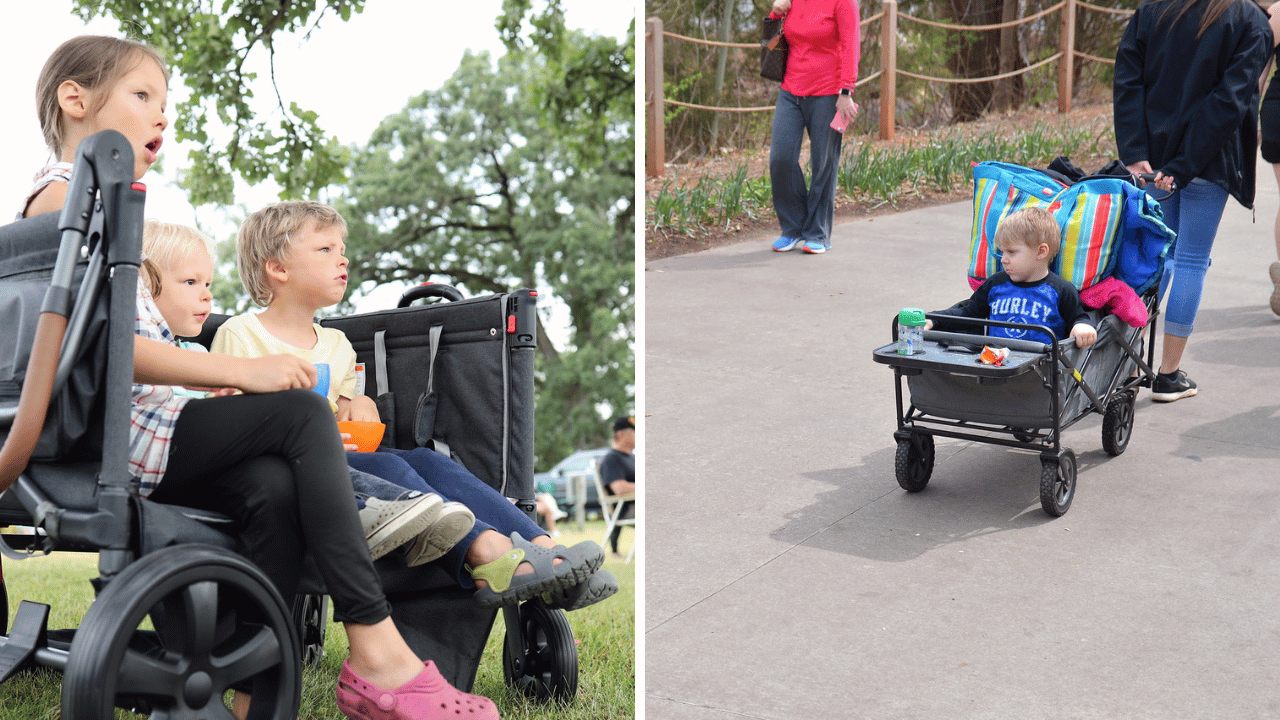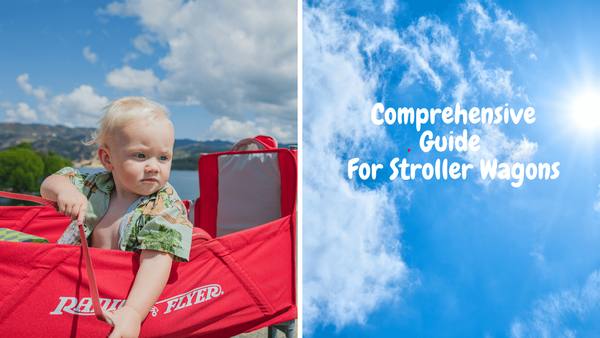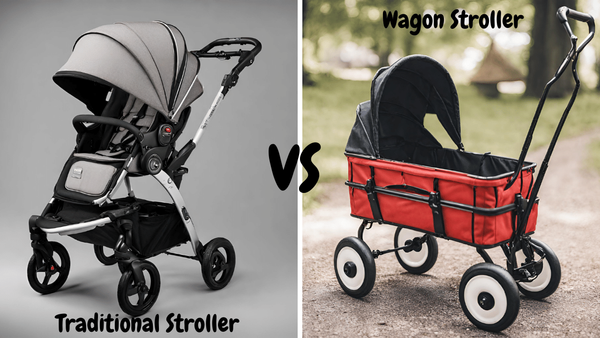From plush dolls to Lincoln Logs, toys are a source of joy and entertainment for children everywhere. But when it comes to playtime, parents must always practice caution and awareness.
While the right toy can foster imagination, curiosity, and creative problem solving in young minds, dangerous toys can cause injuries such as choking or poisoning. As parents search for the perfect gift that is both fun and safe for their kids, there are certain risks worth considering before buying certain types of toys.
Toys are an integral part of childhood, providing fun and facilitating developmental growth. However, not all playthings are created equal, with some posing potential dangers to infants and toddlers. This article will delve into the hazards associated with certain toys, provide guidelines on scrutinizing toy safety, and offer tips on safeguarding your child's playtime.
What Are the Hazards Associated with Certain Toys and Why are They So Dangerous?
Small parts and sharp edges can pose a serious choking hazard for babies and toddlers. These toys are also a potential safety concern if they contain small magnets, which can cause serious injury or death when swallowed.
In addition to the physical risks posed by these types of toys, they can also be hazardous to children's cognitive development, as certain playthings—such as puzzles and building blocks—require a certain level of cognitive maturity that may not yet be developed in younger kids.
Moreover, some toys contain toxins or lead paint which can be hazardous to children's health. If ingested, these chemicals can cause vomiting, dizziness, skin irritation and even death. Furthermore, loud noise-producing toys—such as electronic drum sets—can damage your child's hearing if they are used for extended periods of time.
The Importance of Making Sure That Toys You Buy Meet Safety Standards
To ensure that your child is playing with safe toys, it is essential to purchase items that meet safety regulations and standards. Parents should look for the Consumer Product Safety Commission (CPSC) label on any potential toy, which indicates that the product has passed certain requirements for safety.
Also, check to make sure there are no small parts or pieces that could be easily swallowed by your child. If you are unsure about the safety of a toy, it is always advisable to err on the side of caution and choose a different product.
Plus, make sure to read the age-grading on any toy that you purchase, as this will give you a better idea of whether or not it is appropriate for your child’s age. In general, avoid buying toys that are too advanced for their age level so as to prevent frustration and possible injury.
Strategies for Choosing Safe Toys for Your Children
When it comes to toys, there are many options that can be enjoyable and safe for your child. Here are a few tips to keep in mind when shopping:
- Choose age-appropriate toys: Make sure the toy is labeled with the recommended age range. This will help you avoid buying a product that could be too difficult or dangerous for your children.
- Research toys before you buy: Read online reviews to learn more about the product and check with the Consumer Product Safety Commission (CPSC) for any potential safety warnings.
- Look for quality materials: Avoid buying plastic toys with sharp edges or small parts, as these can pose a choking hazard. Instead, opt for wooden toys that are made of quality materials and free of toxins.
- Avoid loud toys: Noise-producing toys can be hazardous to your child's hearing, so opt for quieter alternatives such as books or puzzles.
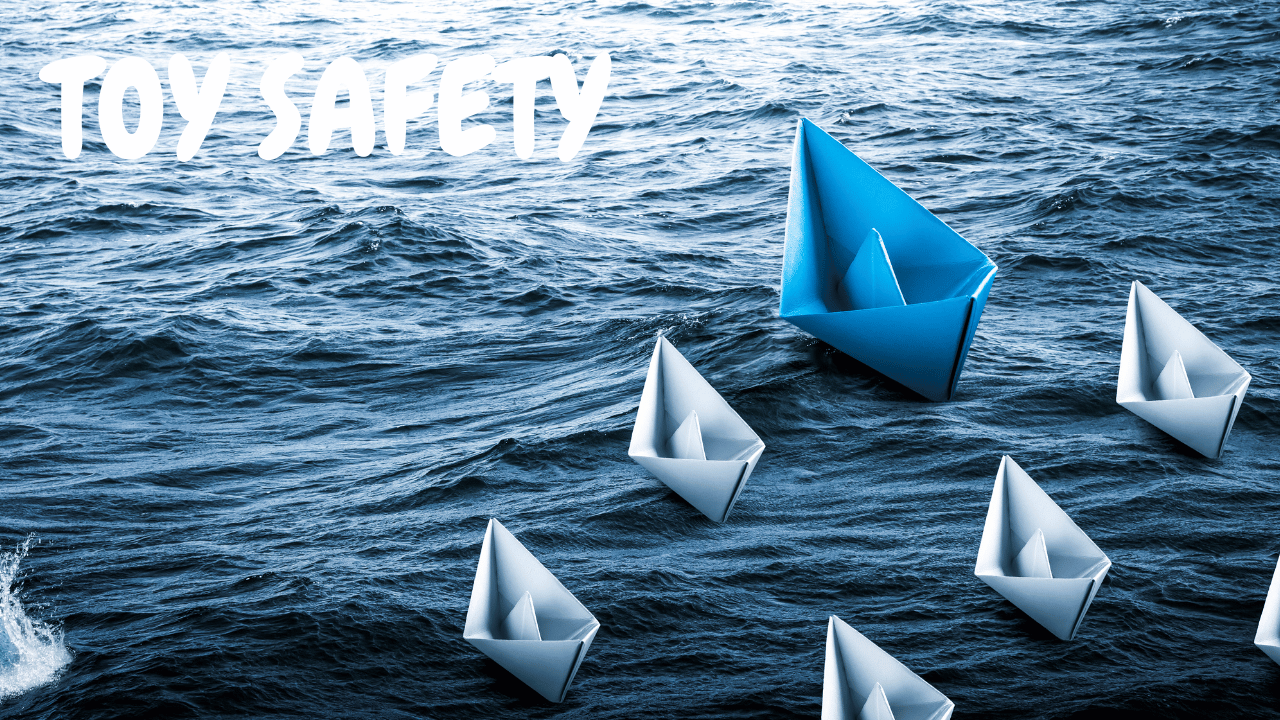
Evaluating Toy Safety
When choosing toys, consider the toy's quality, safety features, and the child's age. Look for sharp edges, points, prongs, and exposed wires that could potentially harm your child4. Wooden toys should be free of splinters1. All toys intended for children under 12 years old must undergo third-party testing and certification to comply with safety standards5.
Tips for Toy Safety
To ensure your child's safety, vigilance and proper toy storage are key. Store toys in a box, container, or paper bag, and discard plastic bags immediately after unpacking due to their suffocation risk6. Regularly inspect toys for damage and dispose of broken toys promptly1 4.
Identifying Unsafe Toys
Unsafe toys often lack clear product information or warnings on their packaging. They might contain hazardous materials or be made from low-quality components that break easily. Adult jewelry should never be given to children as these often contain small parts that can be swallowed4.
Tips for Inspecting Toys Before Buying Them
When shopping for toys, it is important to inspect each product before buying. Here are a few tips to help you make sure that any toy you select meets safety standards:
- Check age ratings: Make sure the toy is labeled with the recommended age range.
- Look for warning labels: Toys should have a Consumer Product Safety Commission (CPSC) label, which indicates that the product has passed certain safety requirements.
- Inspect for small parts: Avoid buying plastic toys with sharp edges or small parts, as these can pose a choking hazard.
- Check for toxins: Make sure there are no hazardous chemicals present and that the toy is free of lead paint or other toxins.
- Consider noise levels: Noise-producing toys can be hazardous to your child's hearing, so opt for quieter alternatives such as books or puzzles.

How To Know If a Toy is Age Appropriate
Age-grading on toys is an important safety feature that tells you if a toy is safe and appropriate for your child's age. Toys should be labeled with the recommended age range, typically ranging from three years to eight or nine years old.
Before purchasing any toy, make sure to read the fine print on the label so that you can ensure it is age-appropriate for your child. Also, if you are still unsure about a toy's safety or appropriateness, it is best to err on the side of caution and select a different product.
Plus, it is important to remember that children of the same age can vary drastically in terms of their skills and abilities. Therefore, when selecting a toy for your child, take into consideration their individual needs and interests so that you can make an appropriate choice.
The Hidden Dangers in the Toy Box
The risks associated with toys can vary from choking hazards to physical injuries. Toys designed for older children often contain small parts that can pose a choking risk for younger siblings1. Soft toys filled with bean-like pellets or stuffing can also cause choking or suffocation if ingested2. Toys that make loud noises may potentially damage a child's hearing3.
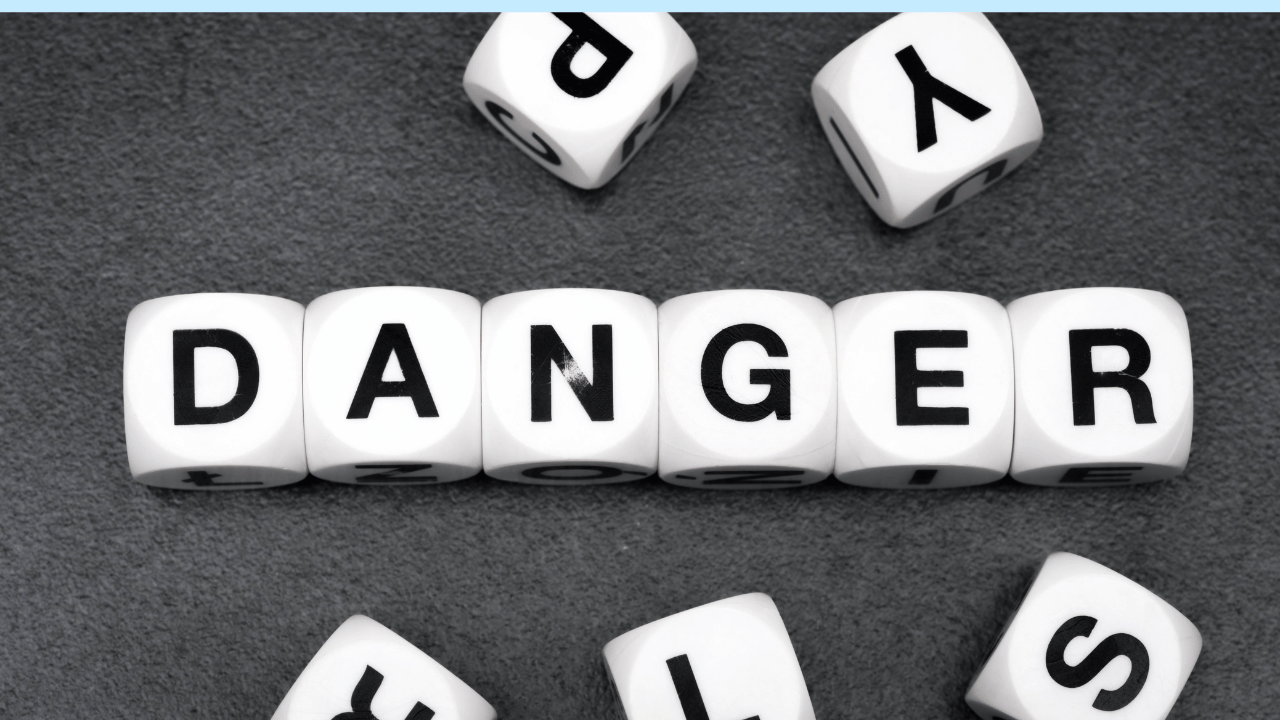
What to Do If You Find a Dangerous Toy in Your Home
If you discover a toy in your home that could be potentially hazardous, it is important to take immediate action. First, remove the toy from your child's reach and dispose of it properly. Then, contact the manufacturer or store where you purchased the item to inform them about the safety concerns and ask for a refund or replacement.
Most importantly, make sure that your child is aware of the dangers posed by these types of toys so that they can understand why it is important to be safe when playing. By teaching them about safety and inspecting toys before you purchase them, you can help ensure that your children are playing with safe and age-appropriate products.
The Risk of Certain Toys FAQs
Can I buy toys without checking the age-grading?
No, it is important to check the age-grading on any toy before you purchase it. This will give you a better idea of whether or not it is appropriate for your child's age and can help facilitate safe play.
Are there certain types of toys that are safer than others?
Yes, there are certain types of toys that can be safer for your children. Wooden toys are typically a good option as they are less likely to have sharp edges or small parts, and they also tend to last longer than plastic ones. In addition, quieter alternatives such as books or puzzles can be a great choice, as these will not damage your child's hearing if used for extended periods of time.
Can I get a refund if I find a dangerous toy in my home?
Yes, you can contact the manufacturer or store where you purchased the item to inform them about any safety concerns and request a refund or replacement. It is important to take immediate action if you find a potentially hazardous toy in your home so that it can be removed from your child's reach and disposed of properly.
Final Thoughts
It is essential to be cautious and selective when choosing toys for children of any age. This can help to mitigate the potential risks associated with toys that contain small parts, sharp edges or toxins, and ensure a safe and enjoyable playing experience.
A few tips to follow include: avoiding fake brands, sticking to manufacturers with good safety records, being mindful of age-related risks and restrictions, checking labels for materials and manufacturer info, examining warning labels on packaging, and making sure each part is secured and not broken before playtime.
By keeping these points in mind during toy purchasing and selection, you can rest assured that your child will have fun while also staying safe.
In conclusion, ensuring toy safety is a shared responsibility between manufacturers, regulators, and parents. With increased awareness and careful selection, we can create a safer play environment for our children.
Footnotes
Consumer Product Safety Commission ↩



